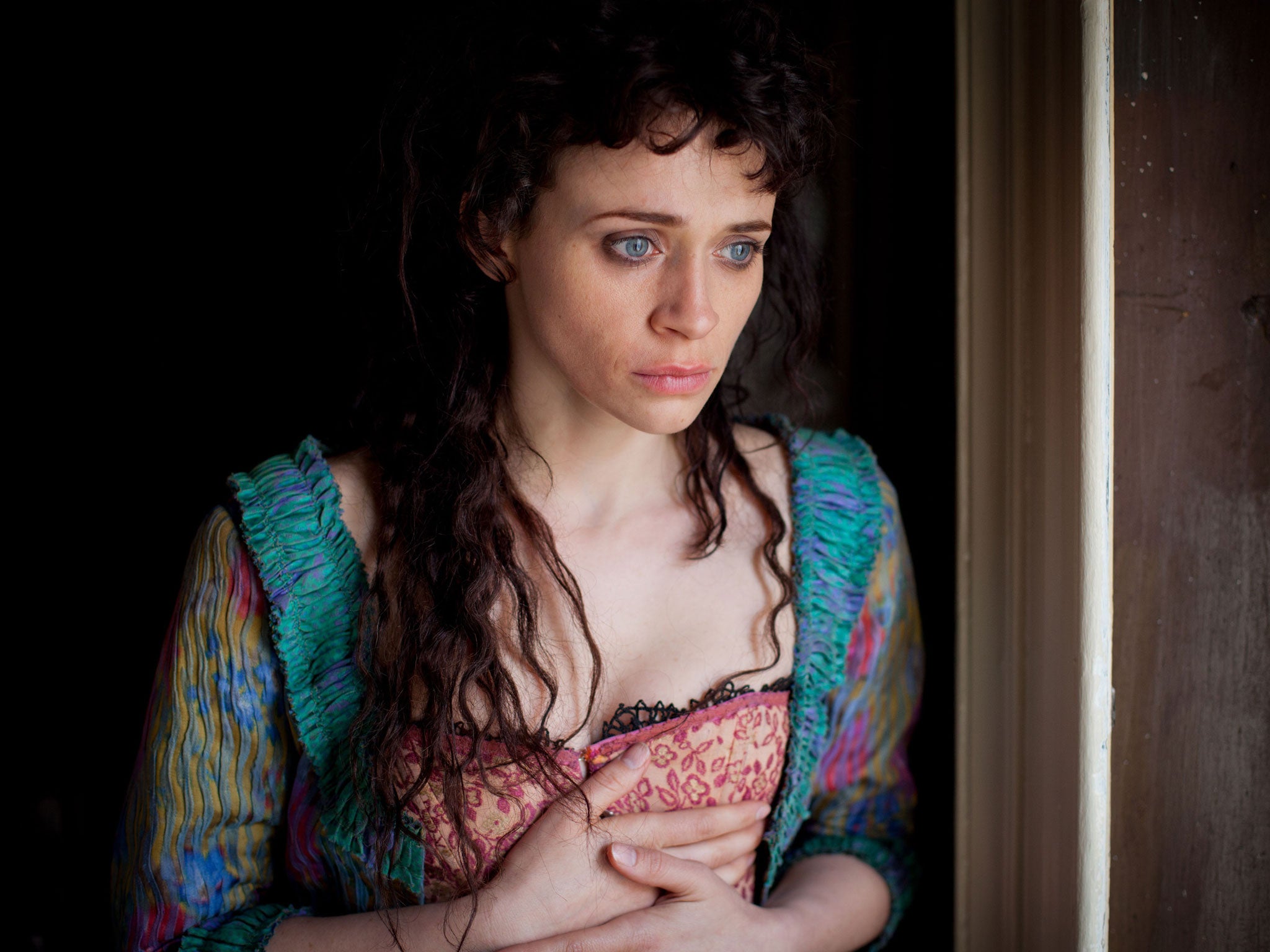Another day, another TV heroine brutalised
Why does television drama need so much rape and evisceration?


Your support helps us to tell the story
This election is still a dead heat, according to most polls. In a fight with such wafer-thin margins, we need reporters on the ground talking to the people Trump and Harris are courting. Your support allows us to keep sending journalists to the story.
The Independent is trusted by 27 million Americans from across the entire political spectrum every month. Unlike many other quality news outlets, we choose not to lock you out of our reporting and analysis with paywalls. But quality journalism must still be paid for.
Help us keep bring these critical stories to light. Your support makes all the difference.
There are times, after a long day's work, when I'd rather not see a woman tied to a bedpost, her skirt fetchingly hitched up around her thighs, being slowly strangled to death. Neither, if I'm honest, do I relish the sight of 19th-century prostitutes lying prone in east London alleyways, their fallopian tubes splattered all the way to The Strand. And forgive me if I am less than joyful at watching a successful working woman being anally raped by her bitter, emasculated husband.
And yet I have seen all this and more in recent months, courtesy of assorted television dramas including The Fall, Ripper Street and The Politician's Husband. They have, typically, appeared on my screen just at the point that I'm tucking into a nice plate of chili con carne.
And so it was with a familiar sigh that I greeted the new series of Luther, the BBC's high-spec crime drama, and specifically the image of a solitary, stilettoed woman walking home through darkened streets and into the grips of a psychopath who lay in wait under her bed. Not for the first time, as we got an eyeful of the woman, now dead, dressed in bondage gear and with her face smothered in tape, I found myself thinking "Really? Again? Must we? Isn't it time for some equal opportunities slaughtering? Where are all the ladies making lardons out of men's insides and wearing their testicles as earrings?"
I'm not, in all seriousness, advocating more violence on television, but neither is it as simple as showing less of it. It's the approach here that's unsettling. It's the camera lingering lovingly over the stilettos, the bare legs scrabbling beneath the weight of the attacker, the male hand clamped over the petrified, mascara-streaked face.
Sexual violence now fills a requirement in adult TV drama that was once covered by straightforward, consensual sex. But then of course rape is more edgy. We are asked to be appalled, but also thrilled. The salaciousness rarely stops after the victim dies since there's the artily bruised skin to pore over, the wonkily splayed limbs, the lifeless, kohled eyes.
The unspoken message here isn't simply that girls should avoid stilettos if they don't wish to be eviscerated by passing maniacs. It's that if you are a woman of independent means, perhaps one who would prefer to leave a party at your convenience, then a man might just violently put you in your place.
These too-familiar tableaux of women being bound and gagged, stroked and caressed, beaten and raped normalises male sexual cruelty, along with the notion of women as powerless victims.
Would it be too much for commissioning editors, script writers and TV directors to dig deeply into what are serious issues? And while they're at it, perhaps once in a while they could let a woman get home safely.
Join our commenting forum
Join thought-provoking conversations, follow other Independent readers and see their replies
Comments